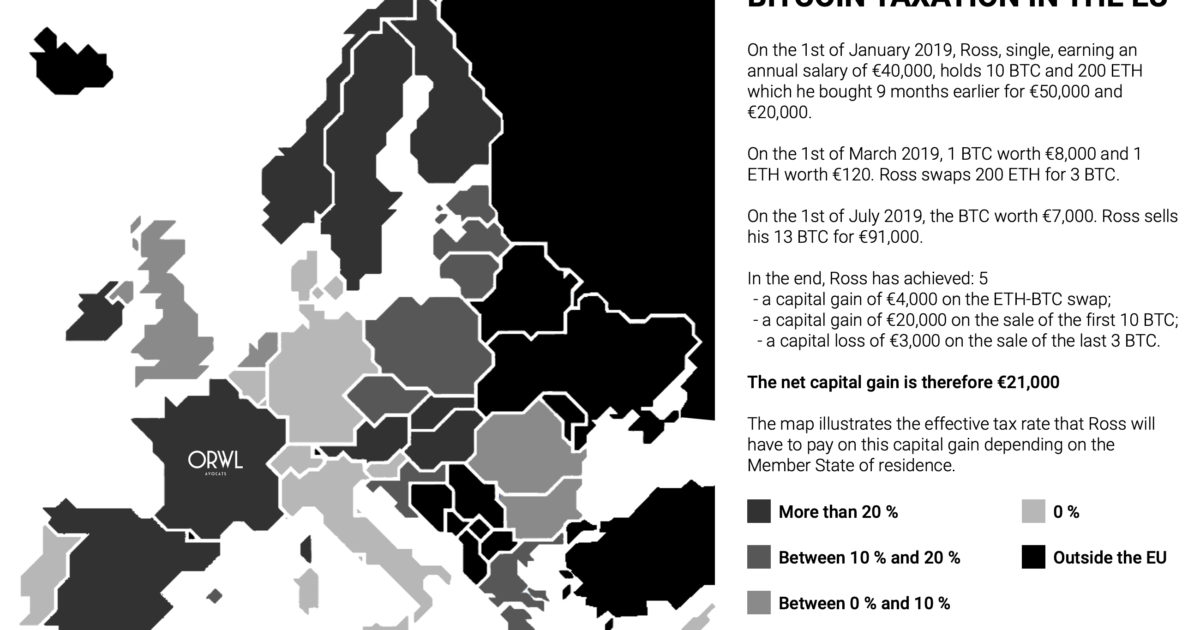The Fall Of Bitcoin In The Central African Republic: Why This Legal Tender Experiment Failed
Just a year after making bitcoin legal tender, the Central African Republic (CAR) abandoned its plans to revitalize its country. Why?

This is an opinion editorial by Jonathan Buck, founder of JB & GS Mining GmbH, a German bitcoin mining hosting company.
In April 2022, the Central African Republic (CAR) adopted bitcoin as legal tender, becoming the second nation in history to do so. However, just a year later, the nation reversed its decision. But what are the reasons behind this failure in the CAR?
Challenging Economic Conditions
The CAR, one of the poorest countries in the world, faces numerous obstacles, such as political instability, inadequate infrastructure and food shortages.
In the 2018 Human Development Index, the CAR ranked second to last, with around 79% of its 4.7 million residents living in poverty. More than three million people in the country are reported to require humanitarian assistance while more than 85% of the population lacks electricity.
One of the significant barriers to the success of the Bitcoin project in the CAR was surely the country’s limited internet access. With only about 10% percent of the population having access to the internet, widespread adoption of digital currencies was highly unlikely.
While Bitcoin has been helping to bank the unbanked globally, the digital currency alone cannot solve all of a country’s underlying infrastructure problems. And while Bitcoin can be resilient off the grid, the lack of basic amenities such as electricity and internet in CAR likely hindered the spread and usability of Bitcoin there.
Skepticism And International Concern
The introduction of bitcoin as legal tender in CAR was met with skepticism, partly due to the country’s close ties with Russia, raising suspicions about its potential plans to use cryptocurrencies to bypass sanctions.
The United Nations also warned that developing countries like the CAR could face high risks and costs associated with cryptocurrencies.
And, ultimately, the economic benefits promised by the proponents of Bitcoin in the CAR never materialized. Ambitious projects, such as building a “Bitcoin city,” failed or never began, further dampening enthusiasm for the digital currency experiment.
A Larger Trend?
Despite the disappointment in the CAR, Bitcoin and other cryptocurrencies have been gaining traction in other African countries. For example, countries such as Nigeria and South Africa have seen a significant increases in bitcoin adoption, with millions of users now buying, selling and trading digital assets. In these countries, the growth of the cryptocurrency industry has been driven by factors such as the high inflation rate of local fiat currencies; an increasing number of young, tech-savvy individuals; and a growing number of businesses accepting bitcoin as a payment method.
In the end, the failure of bitcoin as legal tender in the CAR can be attributed to the nation’s challenging economic conditions, skepticism surrounding its motives, limited access to technology and unfulfilled peripheral promises.
But despite this failure, other African countries represent some of the world’s most promising, growing epicenters of Bitcoin adoption. If anything, this failure in the CAR highlights the importance of developed environments and good-faith intentions for the successful adoption of Bitcoin, at least for the first handful of countries that hope to be successful.
This is a guest post by Jonathan Buck. Opinions expressed are entirely their own and do not necessarily reflect those of BTC Inc or Bitcoin Magazine.









